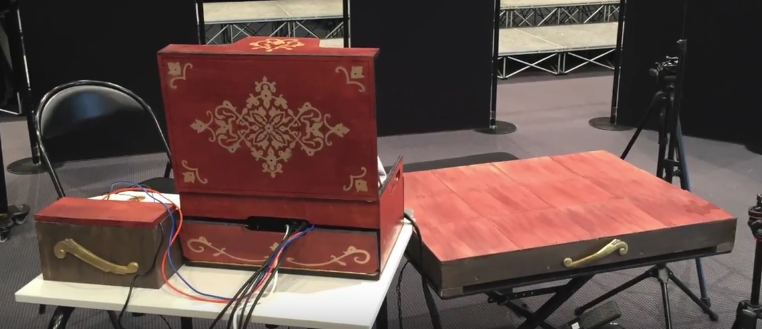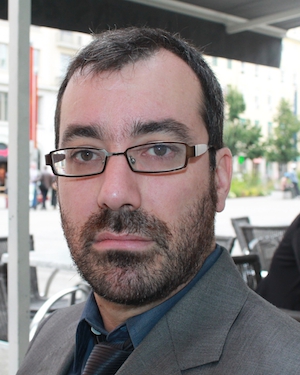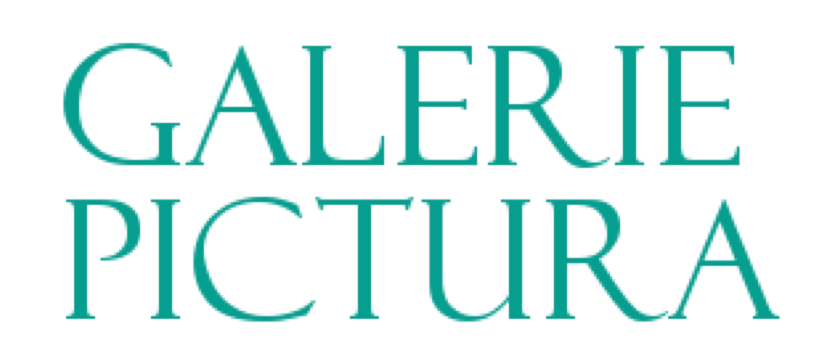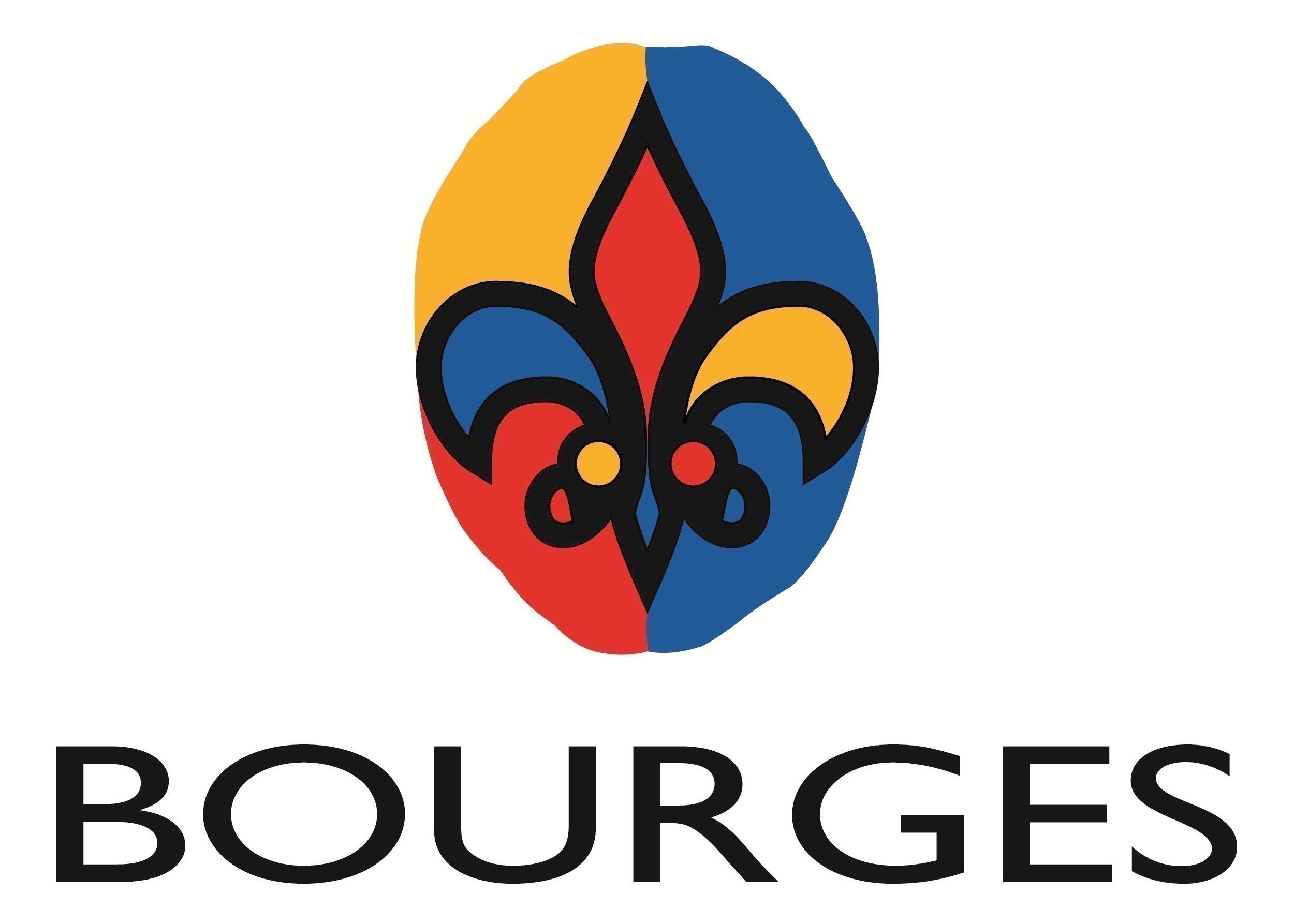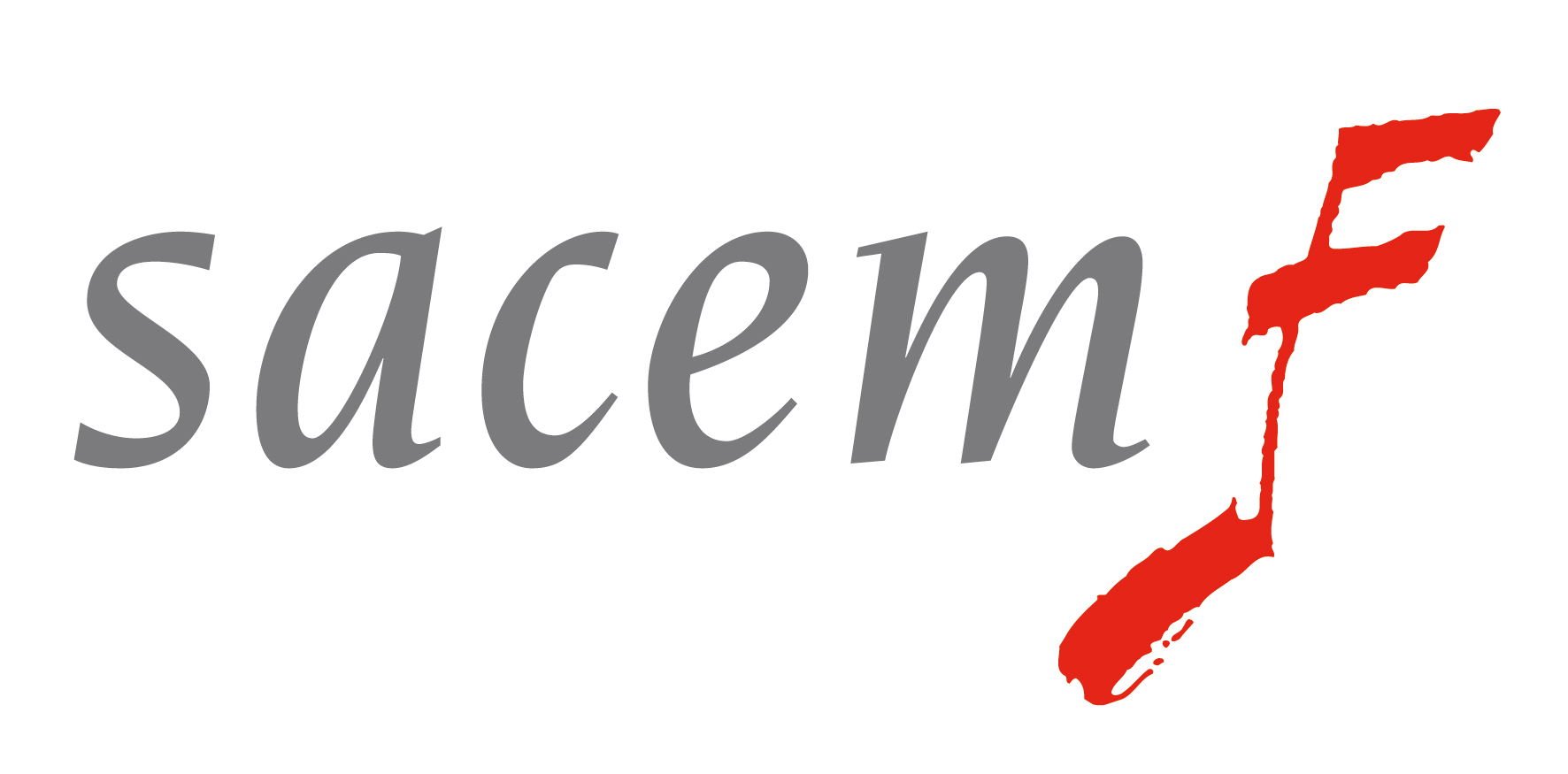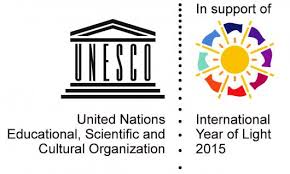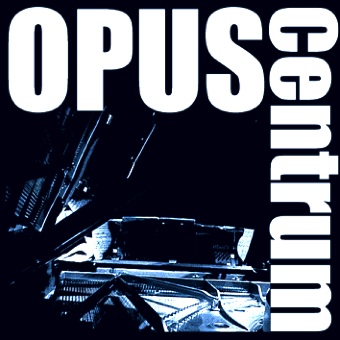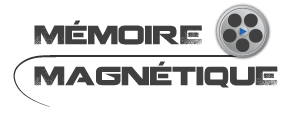19 June 2017 - 20h
Live and Multimedia concert
Cinéma de la Maison de la Culture de Bourges
Performance by pianist Ludovic Frochot on an interactive surface, invented by composer Arturo Gervasoni and realized by Musinfo.
Projection of multimedia works by artists from around the World - a selection from the 4th call for works for composers and multimedia artists.
It is the opportunity to enter different sound and visual universes, to explore the various visions these artists can have on the theme "Creation".
A gestural instrument for pianist, ordered by Utopik Ensemble.
The original idea is that of the composer Arturo Gervasoni who imagined a wood surface for his composition Mechanical Area "for pianist on surface". The purpose of the instrument / interface Mechanical Instrument is to capture the vibrations produced by the pianist with his fingers on different wooden plates specially designed to obtain a wide variety of sounds and distribute the in space, with the possibility to act directly on the sound parameters.
Contest Results
The international jury awarded two prizes:
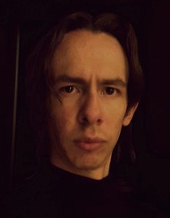 |
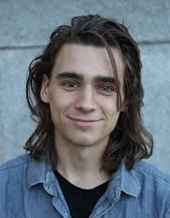 |
|
Luis Carlos Martinez Wilde |
Theodore Teichman |

Bourges – April / May 2017
One of the most profound mysteries of this world is its creation, its birth, its life... As Anaxagoras said, "Nothing of the things that exist ever dies; rather each thing, as it is separated from another, takes on a different shape." Thus the composer creates a new universe of sounds, forms, harmonies from what he knows, what he has learned...
As part of the Art & Science Days, Musinfo proposes to composers and artists from around the world to participate in a call for a sound or multimedia work.
We dedicate this 2017 edition of the call for works to sound and visual / scientific and imaginary creation.
Read more: Fourth call for work for composers and multimedia artists
Galerie Pictura - 20 June 2017
In the framework of our RéDi-Musix project, partner conservatories and music schools are invited to a pedagogical day in order to meet each other and exchange
9h30-12h :
Presentation of partner institutions
Présentation of the RéDi-Musix project
Update on the new database for mixed music
Presentation of the new version of Sampo
Presentation of scores et of transcribing pieces for Sampo
13h30-16h :
Distribution of Sampos
Effects testing
Exchanges on future partnerships between participants
Are in particular invited to the event, our official partners in the project.Sont invités à l'évènement notamment les partenaires officiels au projet :
• Conservatoire d’Annecy (CRR),
• Conservatoire Massenet à Saint-Étienne (CRR),
• Conservatoire de Saint-Nazaire (CRD),
• Conservatoire de Nantes (CRR),
• Conservatoire Francis Poulenc de Tours (CRR),
• Conservatoir Nadia et Lili Boulanger, Paris 9e
• Curso de Música Silva Monteiro
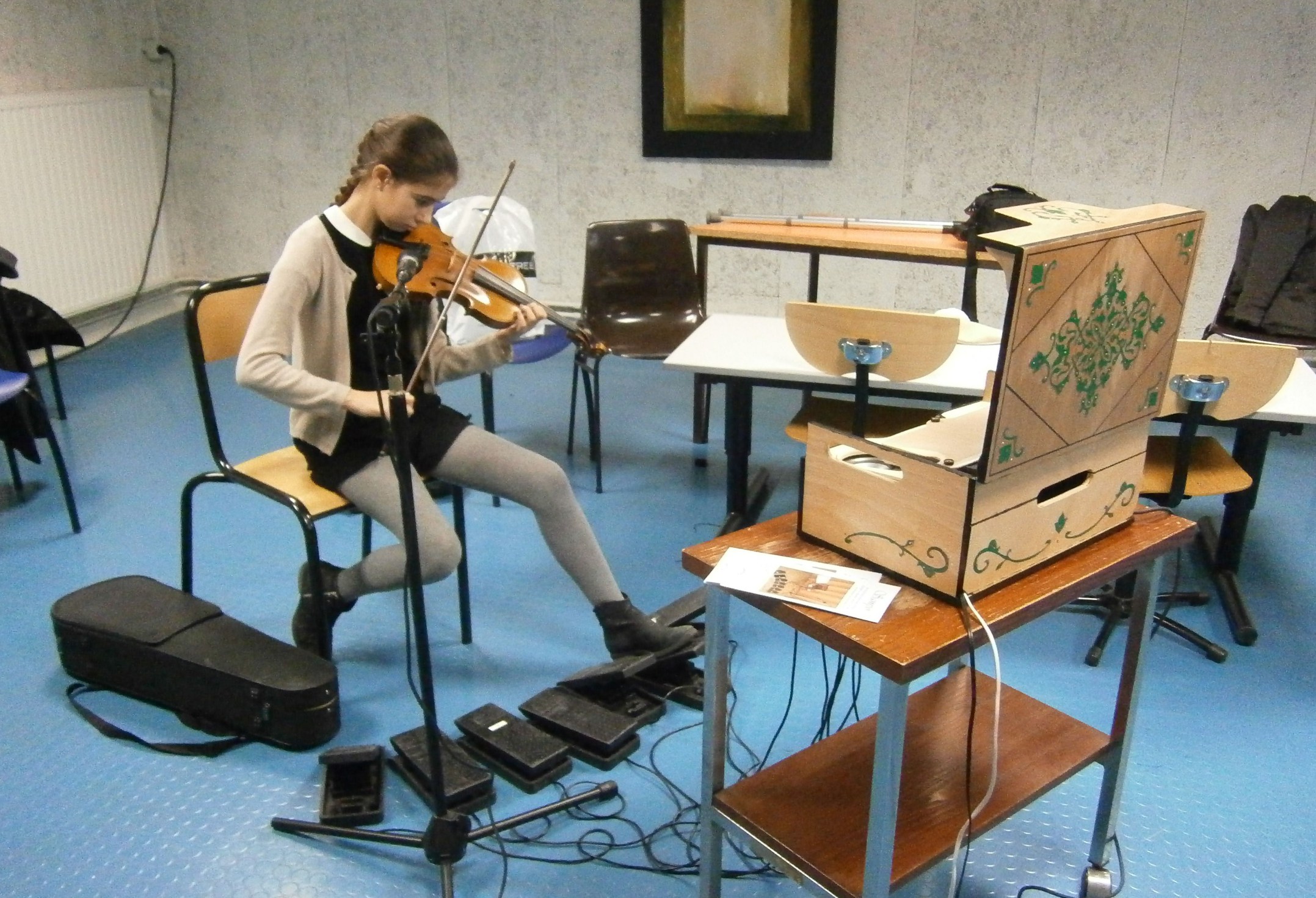
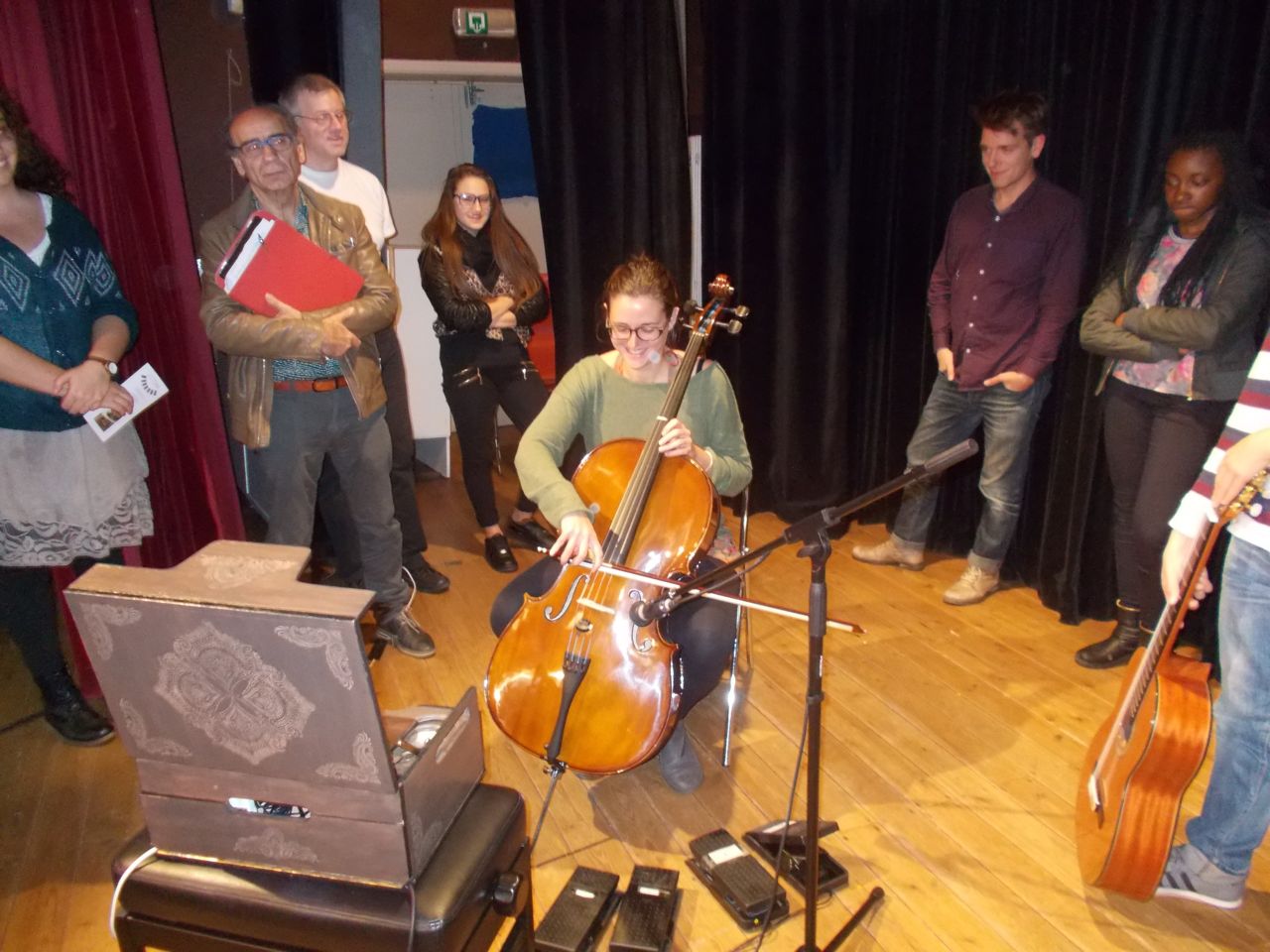
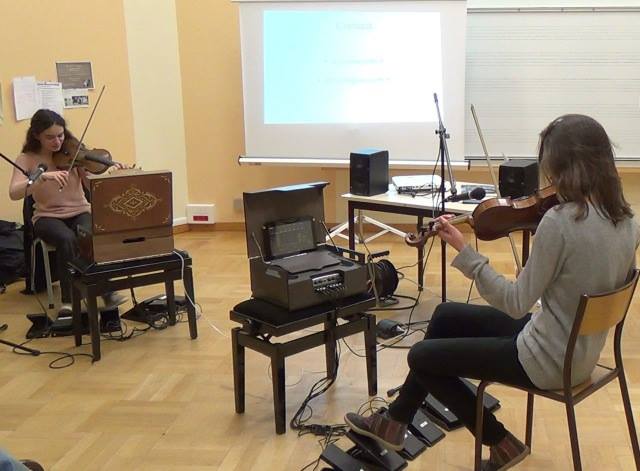
Fabien Cothenet
Studies in literature, languages and sound techniques lead him to the position of assistant in the Institut international de musique électroacoustique de Bourges from 2005 to 2010, and to teach English and French in several institutions in Nièvre until 2015. He also founded "Mémoire magnétique", an audiovisual digitization business, and is since 2015 a professional English - French translator.
His composer activity is quite sporadic but marked by interesting collaborations with Damien Maheu for an unusual and imaginative short animation film, the compagnie Esquimots for the music of a Eugene O'Neill play or Jean-Pierre Martin for the sound illustration of a microscopic journey. He won in 2013 the Fip and France Musique prize in the Nouvoson music contest for his piece "Le jeu des mi".
Benjamin Lévy
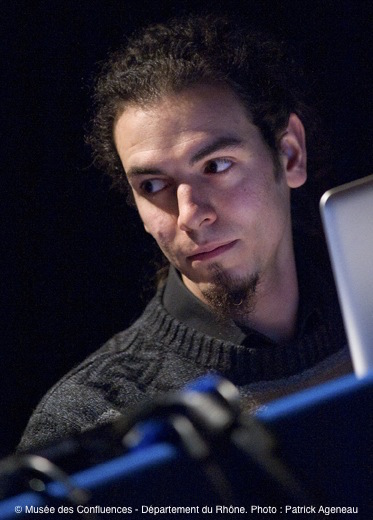 Currently an electronic musician and a research engineer in a small company of audio technologies, Benjamin Lévy directed his career very early to the fusion between music and computer science with engineering studies and cello and composition studies at the Conservatory of Cergy-Pontoise. In 2008-2009 he does the ATIAM Master of sciences applied to music, and he does an internship around the improvisation software OMax by the Musical Representation Team at IRCAM. Fascinated by this project and combining the real-time, symbolism and direct musical creation, he continues the work in this team for almost five years and brilliantly defends his computer science thesis in December 2013 at IRCAM on this subject. During his works, he meets with various musicians through numerous improvised or studio written musical projects, on stage, for theater or with choreographers and continues today these artistic directions, pushing the integration of the computer as a real stage instrument.
Currently an electronic musician and a research engineer in a small company of audio technologies, Benjamin Lévy directed his career very early to the fusion between music and computer science with engineering studies and cello and composition studies at the Conservatory of Cergy-Pontoise. In 2008-2009 he does the ATIAM Master of sciences applied to music, and he does an internship around the improvisation software OMax by the Musical Representation Team at IRCAM. Fascinated by this project and combining the real-time, symbolism and direct musical creation, he continues the work in this team for almost five years and brilliantly defends his computer science thesis in December 2013 at IRCAM on this subject. During his works, he meets with various musicians through numerous improvised or studio written musical projects, on stage, for theater or with choreographers and continues today these artistic directions, pushing the integration of the computer as a real stage instrument.
Jean-Pierre Martin
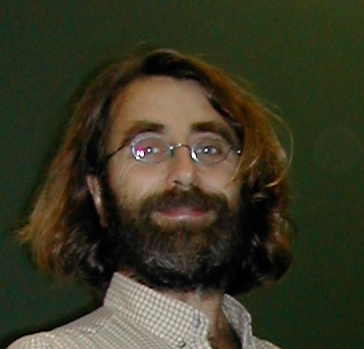 Professor and researcher at the Physical Measurements Department of IUT Bourges, Jean-Pierre Martin has been working on bees for nearly ten years, and on three different axes:
Professor and researcher at the Physical Measurements Department of IUT Bourges, Jean-Pierre Martin has been working on bees for nearly ten years, and on three different axes:
Creation and development of tools for studying bees (e-hive)
Imaging using scanning electron microscope
Creation and development of tools for pedagogy related to bees. Creation of “apiscopes”: pedagogical project which uses bees as a pretext for school class activities.
2010-2012: work with Yves Trémorin in collaboration with the Bourges School of Fine Arts. Exposition at La Box gallery (Soleils Noirs – Black Suns), and in galleries (notable Michele Chaumette).
2013: Installation of 5 bee hives in the Noirlac Abbey parc, one of which was an e-hive.
2016: "Abeille" (Bee) at Noirlac Abbey
Galerie Pictura (art gallery)
15 Rue Littré, 18000 Bourges
galeriepictura.pagesperso-orange.fr/
Médiathèque de Bourges (media library)
Boulevard Lamarck, 18000 Bourges
Cinéma de la Maison de la culture de Bourges (movie theatre)
Boulevard Georges Clemenceau, 18000 Bourges
1 - 4 June 2016
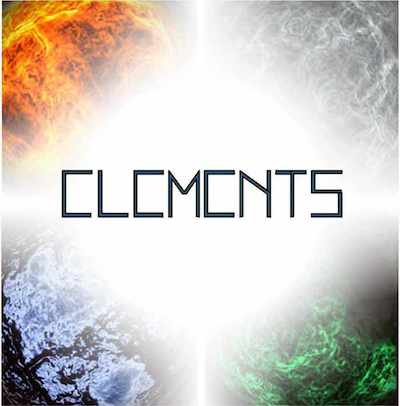
Building blocks
Composers have always looked for links between the world surrounding them and the world they build. They seek rules and components in order to build their own universe. They seek the basic elements, the construction elements as the ones they see around them.
We dedicate the 2016 Art & Science Days to the elements of nature, to the scientific or imaginary elements, to the elements of sound and music.

Bourges – April / May 2016
Composers have always looked for links between the world surrounding them and the world they build. They seek rules and components in order to build their own universe. They seek the basic elements, the construction elements as the ones they see around them.
As part of the Art & Science Days, Musinfo proposes to composers and artists from around the world to participate in a call for a sound or multimedia work.
We dedicate the 2016 Call for work to the elements of nature, to the scientific or imaginary elements, to the elements of sound and music.
Read more: Third call for work for composers and multimedia artists
Contest Results:
The international jury awarded three prizes:
1st prize |
2nd prize |
3rd prize |
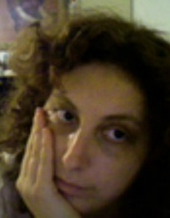 |
 |
 |
| Maria Alvarez (Belgium) Water Drops I for bass clarinet and Sampo |
Jeff Morris (USA) Bounce and Loft for clarinet and Sampo |
Clovis Schneider (France) Texture de l'ombre for clarinet and Sampo |
Contest Results:
The international jury awarded three prizes:
1st prize |
2nd prize |
3rd prize |
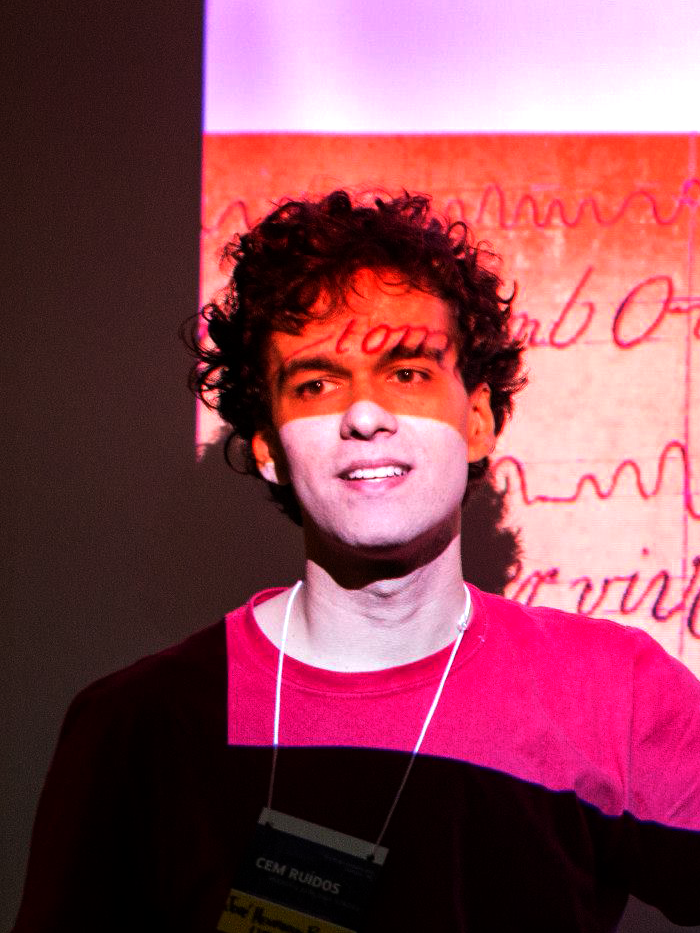 |
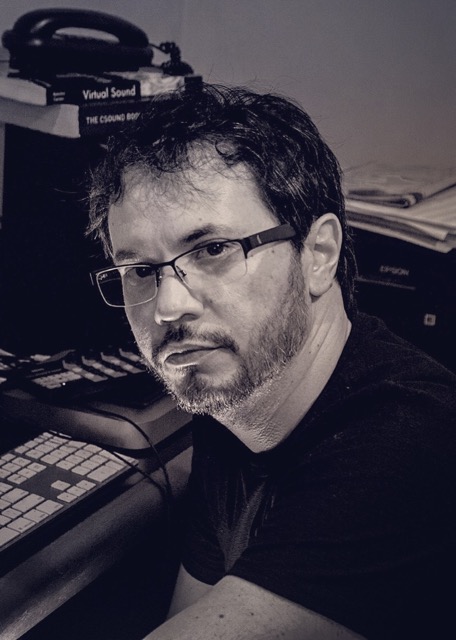 |
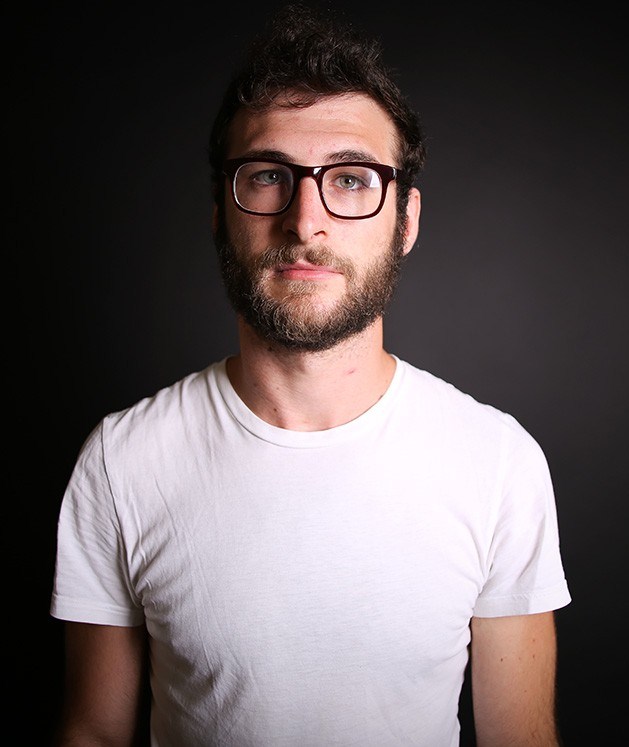 |
| José Padovani (Brazil) Un segno nello spazio for clarinet and Sampo |
Marcelo Carneiro (Brazil) Maracatu Elétrico for violin and Sampo |
Samuel Hertz (USA) O ESAYE UY GO for violin and Sampo |
Administration sector
Alexander Mihalic
Artistic and General Director
Teresa Rosenberg
Management assistant
Jean-Pierre Martin
Head of the Bourges branch
Scientific and Communication sector
Mikhail Malt
Head of scientific sector
Fabien Cothenet
Head of communication sector
Artistic et Pedagogical sector
Robert Rudolf
Head of Artistic and Pedagogical sector
Opus Centrum Ensemble
Serge Bertocchi (saxophone)
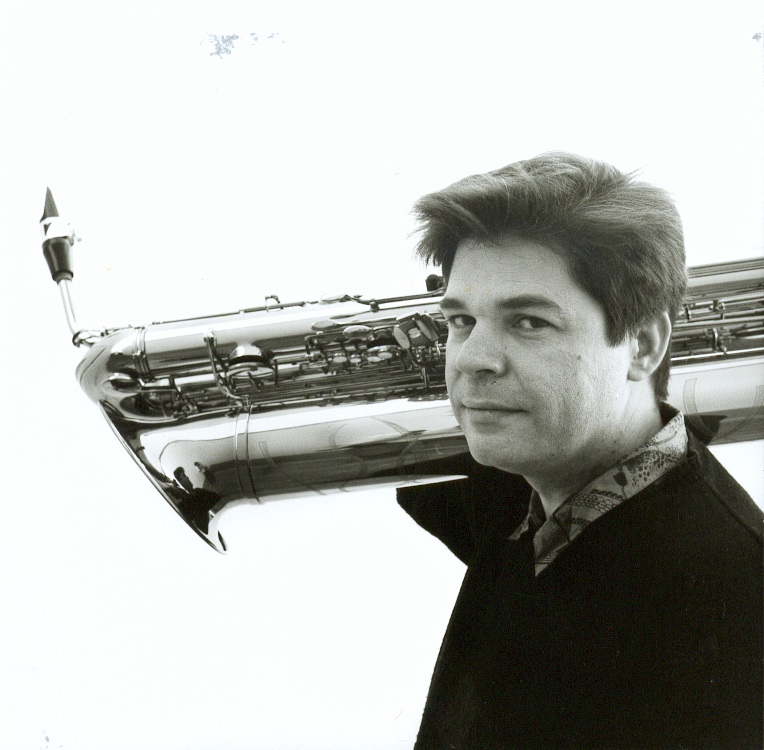 Solist, chamber musician and improviser. Born in Albertville (France), Serge Bertocchi is winner of the CNSMDP (1° prize in saxophone and chamber music), and 6 international saxophone and chamber music competitions. He is founder and director of the French saxophonist's association (A.Sax.) and teacher in Amiens.He currently specializes in extreme, rare and forgotten instruments (tubax, soprillo, C-melody, mezzo-soprano); to this day he is the only european musician to possess and play all 11 existing saxophones. He has founded among others the quatuor XASAX, the duo Thuillier/Bertocchi (sax and tuba), the Trio de Barytons (F. Corneloup, D. Lazro).
Solist, chamber musician and improviser. Born in Albertville (France), Serge Bertocchi is winner of the CNSMDP (1° prize in saxophone and chamber music), and 6 international saxophone and chamber music competitions. He is founder and director of the French saxophonist's association (A.Sax.) and teacher in Amiens.He currently specializes in extreme, rare and forgotten instruments (tubax, soprillo, C-melody, mezzo-soprano); to this day he is the only european musician to possess and play all 11 existing saxophones. He has founded among others the quatuor XASAX, the duo Thuillier/Bertocchi (sax and tuba), the Trio de Barytons (F. Corneloup, D. Lazro).
Marie-Violaine Cadoret (violin)
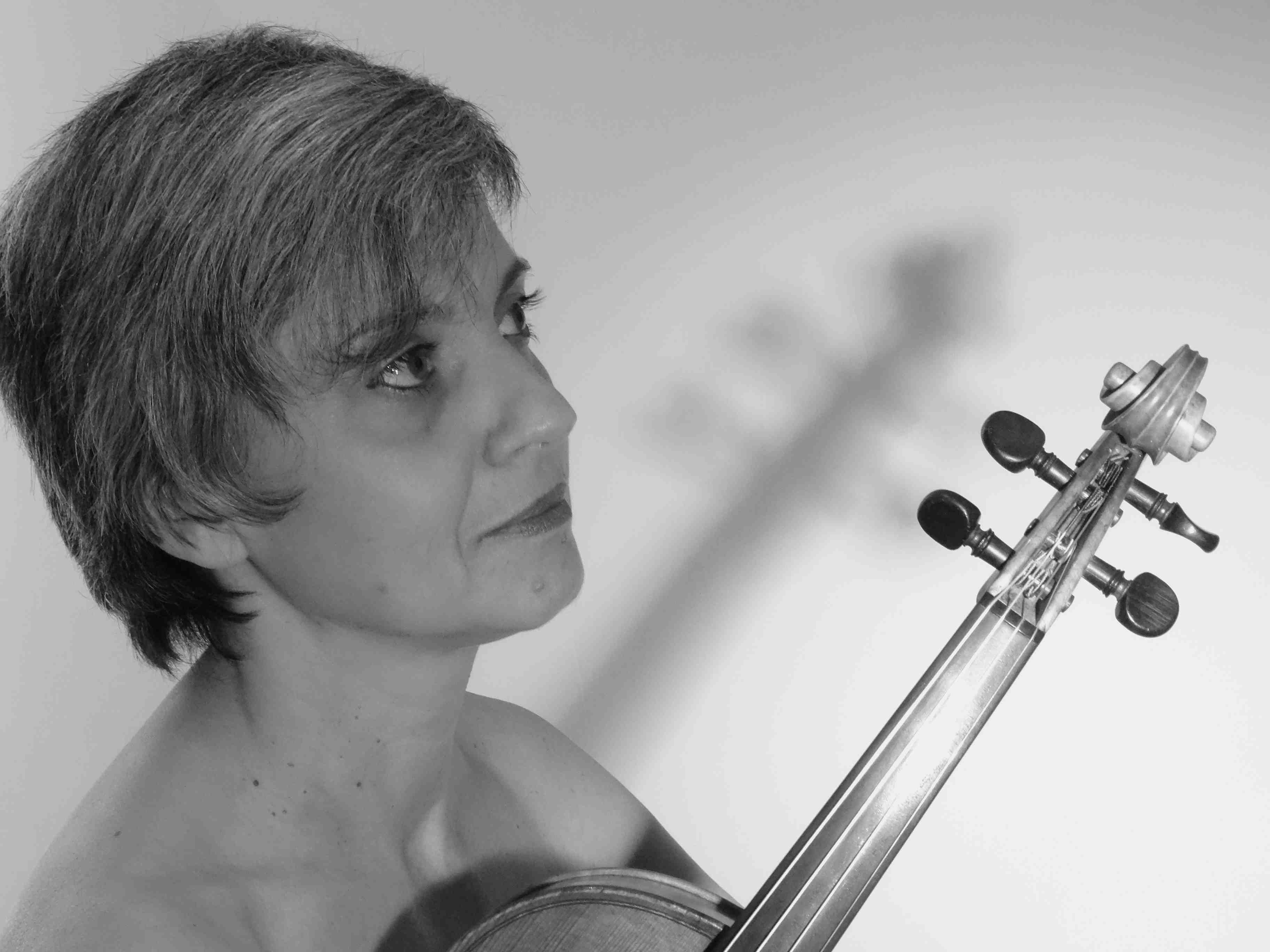 Strong artistic encounters have determined Marie-Violaine Cadoret's musical career. She has performed with Ensemble Intercontemporain, Accroche-Note ensemble, Ars Nova, 2E2M and currently she is part of’Ensemble Utopik. After her studies to become a chamber musician with G.Kurtag, J-C Pennetier, C- Ivaldi, she continues to explore the vast field of classical music from Bach to Bartok by performing in different ensembles from duo to sextuor. Her curiosity makes her take transverse paths and play with musicians and composers with backgrounds in jazz (Orphicube d’Alban Darche) and traditional cultures (Sébastien Bertrand)... She shares this experience with her students. Marie-Violaine Cadoret teaches at the Conservatory of Nantes and at Pôle Supérieur Bretagne-Pays de la Loire.
Strong artistic encounters have determined Marie-Violaine Cadoret's musical career. She has performed with Ensemble Intercontemporain, Accroche-Note ensemble, Ars Nova, 2E2M and currently she is part of’Ensemble Utopik. After her studies to become a chamber musician with G.Kurtag, J-C Pennetier, C- Ivaldi, she continues to explore the vast field of classical music from Bach to Bartok by performing in different ensembles from duo to sextuor. Her curiosity makes her take transverse paths and play with musicians and composers with backgrounds in jazz (Orphicube d’Alban Darche) and traditional cultures (Sébastien Bertrand)... She shares this experience with her students. Marie-Violaine Cadoret teaches at the Conservatory of Nantes and at Pôle Supérieur Bretagne-Pays de la Loire.
Robert Rudolf (fujara)
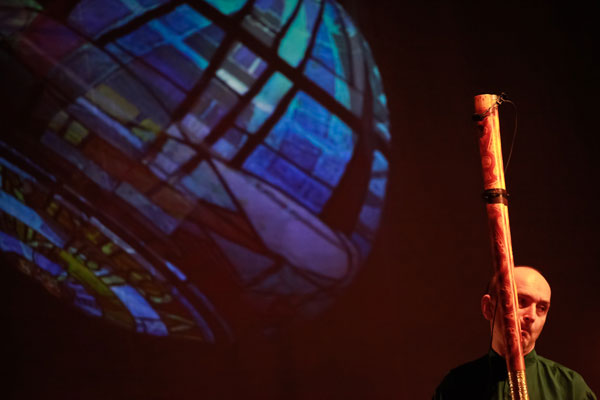 Composer born in 1963 in Bratislava (Slovakia), began his musical studies at the National Conservatory of Bratislava. Before perfectioning them further in Paris, he pursued his studies at the Academy of Fine Arts of his birth town. During this period, in the mid 80's, he also takes an interest in plastic arts and in collaborations with plastic artists. His musical performances, composed or improvised, which accompanied his friends' exhibitiona, were first oriented towards instrumental and electronic (tape) music). With time the composer took part in several projects looking to adher as close as possible to the work of the plastic artist while preserving a musical and an intellectual independance. At the end of the decade, he leaves for Paris. He studies composition with Yoshihisha Taïra, electroacoustic composition with Michel Zbar, and assists in classes by François-Bernard Mâche at the University of Strasbourg. Once set in Paris, he continues writing and making new tapes for art installations in France and abroad. In this framework he has developed a strategy for musical interactivity that he puts at the heart of his creations ever since.
Composer born in 1963 in Bratislava (Slovakia), began his musical studies at the National Conservatory of Bratislava. Before perfectioning them further in Paris, he pursued his studies at the Academy of Fine Arts of his birth town. During this period, in the mid 80's, he also takes an interest in plastic arts and in collaborations with plastic artists. His musical performances, composed or improvised, which accompanied his friends' exhibitiona, were first oriented towards instrumental and electronic (tape) music). With time the composer took part in several projects looking to adher as close as possible to the work of the plastic artist while preserving a musical and an intellectual independance. At the end of the decade, he leaves for Paris. He studies composition with Yoshihisha Taïra, electroacoustic composition with Michel Zbar, and assists in classes by François-Bernard Mâche at the University of Strasbourg. Once set in Paris, he continues writing and making new tapes for art installations in France and abroad. In this framework he has developed a strategy for musical interactivity that he puts at the heart of his creations ever since.
Translation in progress
Mounir Anastas
Palestinian composer, now resident in France, of mostly chamber works that have been performed in Europe and elsewhere. Mr. Anastas studied piano as a child in Bethlehem and later studied counterpoint and harmony privately in Paris. He attended seminars by Iannis Xenakis at the Centre Saint-Charles of the Université Paris-1 Panthéon-Sorbonne from 1985–89 and also studied musical cognitive-psychology with Steven McAdams at the Centre National des Recherches Scientifiques at IRCAM in Paris from 1987–91. He has received commissions from Les Ateliers UPIC, INA/GRM, the Ministry of Culture of Greece, Radio France, and UNESCO, among other organisations. His music has been performed in Argentina, France, Germany, Israel, the Netherlands, Palestine, and Venezuela. He is also active in other positions. He taught computer-music languages at the Conservatoire Jean Françaix in Vanves from 1991–93 and sound engineering at the École Nationale Supérieure d'Arts et Techniques du Théâtre in Paris from 1992–97. In addition, he has lectured throughout France and in Belgium, the Netherlands and Palestine.
Nemesis (1999)
For violin and electroacoustic device "Sampo". It is one of the very first works composed for the device.
Arturo Gervasoni
Arturo Gervasoni studied at the National University of Córdoba (Argentina). He took classes with Helmut Lachenmann, Luigi Nono in Argentina, and Tristan Murail, Philippe Manoury (IRCAM) and Peter Eötvös in France. He has a Master’s and a Doctor’s degree in musicology (2007) from Rennes University. His music could be understood as a research of “sound stimulations” through energy and character. His works, of a sequential type, are discursive at times. Many of his works are of litterary and philosophical inspiration from authors such as Jorge Luis Borges, Alberto Manguel, Arthur Danto. He is also inspired by works from other composers, and by moments of recent or farther history, which suggest him pieces that he calls “derivative”. His works have been played and diffused in different countries such as the USA, Mexico, Argentina, France, Great Britain, Italy, Germany, Spain, Japan, Chili, Brazil and Russia. His production includes chamber music, music for orchestra, vocal music, electroacoustic music and music for dance and theatre.
Écart à l’équilibre (2015)
1st prize of Concours de Bourges 2014. For violin and electroacoustic device "Sampo". Écart à l'équilibre : terme emprunté à la génétique des populations (principe de Hardy-Weinberg) qui postule qu'au sein d'une population (idéale), il y a équilibre des fréquences. L'oeuvre est imaginée comme des populations de sons, dans lesquelles les notions d'équilibre, déséquilibre et d'écart à l'équilibre deviennent un moteur de construction. La référence scientifique du titre est en lien au contexte de la création (festival d'art et sciences), ainsi qu'au dispositif électronique (sambo) qui précède l'oeuvre.
Núria Giménez-Comas
Núria Giménez Comas (Espagne) étudie le piano et puis la composition à Barcelone deux années avec Christophe Havel et une année avec Mauricio Sotelo. Elle poursuit ses études avec le master en Composition Mixte à la Haute École de Musique de Genève avec Michael Jarrell, Luis Naon et Eric Daubresse. Dans son mémoire de master, elle travaille sur quelques phénomènes de la perception sonore. Elle a des pièces acousmatiques multicanal qui ont été jouées au Festival Archipel de Genève, SON (Madrid) entre autres, et des pièces instrumentales et mixtes joués par des interprètes comme: Harry Sparnaay, trio du Klangforum de Wien, Ensemble Contrechamps, OCG, Ensemble Surplus, Brussels Philarmonic, Quatuor Diotima, Carla Huhtanen. Elle a été lauréate en différents concours comme le prix Colegio de España-INAEM 2012 et le 1r Prix du Concours International Edison Denisov. Intéressée aussi au travail avec des images elle a réalisé récemment plusieurs collaborations avec l'artiste visuel Dan Browne. A réalisé le Cursus 1 de l'Ircam et le Cursus 2 avec des projets sur la synthèse par modèles physiques et un projet sur les scènes sonores avec le système de spatialisation en 3D ambisonics
Stifle Sounds (2015)
3rd prize of Concours de Bourges 2014. For saxophone and electroacoustic device "Sampo". Comme le titre suggère, l'idée sonore de la pièce est basée sur cette sensation imaginaire dans laquelle on essaye d'émettre de sons en dépensant beaucoup d'énergie pour n'avoir qu'une millésime partie de résultat sonore, donc dans le cas du saxophone ténor on obtient beaucoup plus d'air et très peu de son avec hauteur. La pièce est construite avec des chaînes de Markov, d'abord de premier ordre et après deuxième. La forme est organisée en partie par des successions géométriques (évolutions exponentielles des fragments) avec des perturbations des données par une série des données tirée des 'random walks' (marche aléatoire). Dans la première partie on trouve aussi des petites ouvertures dans la forme, comme des petites fenêtres dans laquelle l'interprète peut choisir à partir des éléments déjà entendus et aussi dans les changements de délais de la pédale, en fonction aussi de l'écoute de ce qui c'est déjà passé.
Alessandro Perini
I studied Composition in Italy and Sweden with Luca Francesconi and Ivan Fedele among others.
Ranging from purely instrumental music to the most extreme electronic sound synthesis, my work started pretty early to invade the area of visuals thanks to software devoted to the real-time integrated audiovisual production.
In my creative process, I do not stop at a purely evocative surface, but always try to provide deep research as a coherent background beyond the aesthetic level. Recurring themes are the relationship between real and imaginary, where the imaginary can be the virtual as well; memory as a trace of experience; the emergence or reconstruction of objects in contexts others than the usual; the subversion of space and time dimensions.
Recent works include animation, audiovisual installations, sound and light environments, mobile videoart and land art, often with a site-specific approach.
Cybertrap (2015)
2ème prix de Concours de Bourges 2014. Pour saxophone et dispositif électroacoustique "Sampo".
Jean-Claude Risset
Pionnier dans l’aventure de l’informatique musicale commencée aux France, J.-C. Risset a contribué par la suite à l’introduction de l’ordinateur en France (dans des institutions comme l’IRCAM ou les universités d’Orsay et de Marseille-Luminy). Il a été, de par sa double formation, scientifique et artistique, le premier compositeur français à ouvrir la voie aux sons synthétisés par ordinateur. Il incarne aujourd’hui une figure majeure de la création musicale contemporaine et, en même temps, de la recherche sur la musique dite électronique. Ses contributions marquent de son empreinte l’esthétique des années 1970-1990.
Saxatile (1992)
Saxatile (1992) est dédiée à Iannis Xenakis à l'occasion de son soixante-dixième anniversaire. La bande de Saxatile a été réalisée aux ateliers UPIC en 1992, en utilisant exclusivement les sons produits par l'UPIC. Cette pièce n'emploie pas les techniques d'écriture qui sont si personnelles à Xenakis : cependant, en hommage à ce grand créateur, la bande comporte quelques allusions graphiques à Metastasis.
Le titre Saxatile renvoie au saxophone : mais l'adjectif saxatile signifie « qui vit parmi les rochers ». Une image des rapports entre le saxophone et les sons de la bande comme rencontre du biologique et du minéral. Au début, les sons dessinés tournent autour d'une hauteur, puis ils subissent des glissements, des dérives, enfin ils se dispersent en grains. Malgré cette diversité de morphologies, ils relèvent d'un même règne, de même que strates, rochers, cailloux et sable relèvent tous du règne minéral. Les lignes du saxophone jouent de ce contexte avec une souplesse propre au biologique.
L'auteur remercie Daniel Kientzy, Gerard, Didier, Brigitte, Marie-Hélène pour leur aide sur l'UPIC, et Solenn.
Jacob Ter Veldhuis
Jacob ter Veldhuis débute sa carrière en tant que musicien de rock. Par la suite, il étudie la composition et l'électronique au Conservatoire de Groningen. Compositeur indépendant, il se fait connaître dans les années 80, dans des oeuvres où, sans pour autant tomber dans la mièvrerie, la mélodie tient une place importante. Il fait un usage intéressant de l'électronique en incorporant dans ses oeuvres des échantillons sonores de la Guerre du golfe, de Chet Baker, du Jerry Springer Show etc. Ses oeuvres sont jouées très régulièrement tant en Hollande qu'à l'étranger. Il a également collaboré avec plusieurs chorégraphes notamment Hans van Manen et Nanine Linning. Enregistrées sur plus d'une trentaine de DCs, ses oeuvres ont été jouées dans de nombreux pays d'Europe, ainsi qu'en Amérique du Nord, en Australie, et en Asie. Figure controversée pour certains, Jacob ter Veldhuis souhaite sortir la musique contemporaine de son isolement. Il utilise la mélodie et la tonalité, d'une manière qui paraît provocante pour certains tout en ayant le mérite de rejoindre directement les autres.
Grab it! (1999)
Grab it! for tenor saxophone and boombox was composed November 1999. Grab it! is based on voice samples from life-sentenced prisoners.



